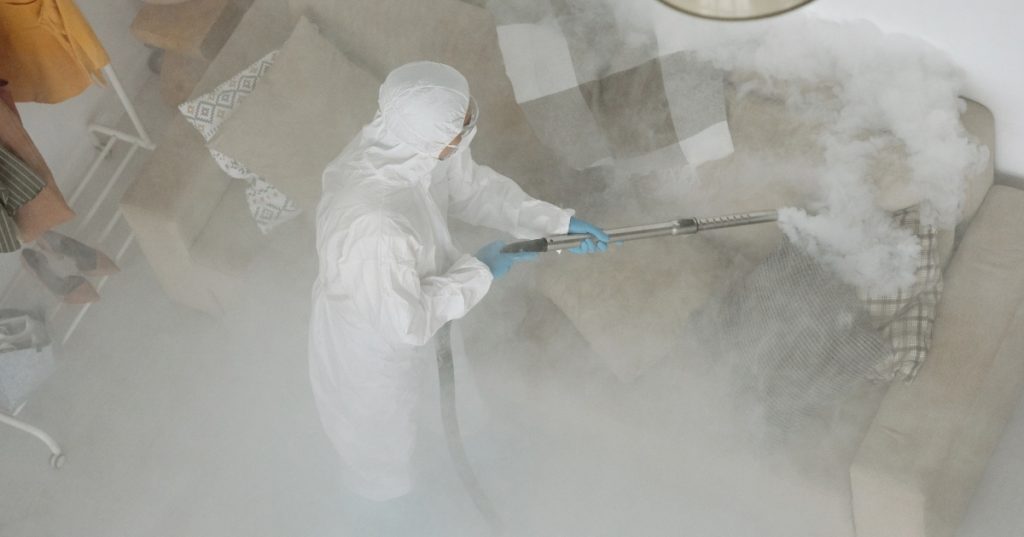
Our homes are supposed to be comfortable and safe places for us to relax and take refuge. But because of pests, our house, our things, and our health can get threatened. Thankfully, pest control can manage and eliminate the pests lurking in our homes.
What are pests?
Pests are defined as organisms considered a threat to us human beings and our interests. They are common in agricultural lands and residential places. In our homes, those that feed on and spoil our possessions are considered pests. They may also cause health risks, fire hazards, and simply nuisance. These pests include rodents, birds, and insects, among others.
What is pest control?
Pest control is the attempt to manage pests and eliminate them from our homes. This way, we can minimize the hazards and damage to our home structure, things, and food. We can also lessen health risks at home by eliminating pests that can be agents and carriers of disease-causing bacteria and organisms.
What are the types of pest control for homes?
Pests at home are usually managed by repulsion, exclusion, physical techniques, and chemical means, including the following:
- Physical pest control. Physical pest control includes trapping or killing the pests like insects, roaches, and rodents using sticky flytraps, glue boards, and spring cage traps.
- Poisoned bait. This technique uses poisoned granules containing food attractants to lure pests. The poison and the food attractant are specifically formulated for the targeted pest like rats, mice, cockroaches, ants, slugs, snails, birds, and more.
- Fumigation. Fumigation works by surrounding an area with an airtight covering and then fogging with a liquid insecticide for a period of 24 to 72 hours. You need to evacuate your home if you choose this pest control technique. This process may be costly and inconvenient, but it is highly effective in managing pests like beetles and mites that may threaten the structure of our homes.
- Fogging or misting. If you want a less concentrated pest control technique than fumigation, you can consider misting or fogging. This process doesn’t need airtight sealing or evacuation.
- Over-the-counter pesticides. Over-the-counter pesticide sprays are an effective but temporary solution to kill or ward off common household pests like mosquitoes, flies, and cockroaches.
- Electric insect killer. Also called the bug zapper, this device uses ultraviolet light to attract flying insects and electrocute them as they come in contact with the charged metal grids.
If you want a natural way to repel and get rid of certain pests, you may also use indoor plants. For instance, basil, lavender, lemongrass, and mint are known to keep away insects like flies, mosquitoes, and fleas.
What are the dos and don’ts of pest control?
According to the United States Environmental Protection Agency (EPA), here are some dos and don’ts in safely controlling pests:
1. Do aim for pest prevention first.
- Try removing sources of pest food, water, and shelter.
- Cover garbage bins properly.
- Get rid of clutter.
- Keep your food in sealed plastic or glass containers
- Don’t let water sit anywhere in your house. Be sure to fix plumbing problems and not let water sit on trays or bowls.
- Fix cracks and block crevices where pests can enter and live.
2. Do use pesticides at home safely and correctly.
- Keep pesticides away from children and pets, mainly where pesticides have been applied.
- Opt for low-risk pesticides and ready-to-use products whenever possible.
- Choose fumigation and fogging only when necessary.
- Read labels and only apply chemicals approved for home use.
3. Do properly dispose of pesticide containers and leftovers.
- Check labels for proper disposal
4. Don’t use outdoor chemicals inside your home.
5. Don’t use too much pesticides.
- Be sure to follow label instructions and don’t use more than instructed to avoid adverse health effects.
6. Don’t transfer chemicals to other containers.
- Keep the chemicals in their original containers and avoid using empty pesticide containers to store anything else.
Leave a Reply